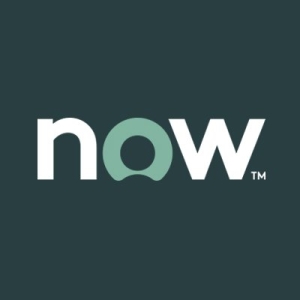Service and Support
ServiceNow Discovery customer service varies; some find it excellent with responsive support, quick response times, and knowledgeable staff. Others report delays, inadequate first-level assistance, or the need for escalation. Contacts often experience mixed outcomes, with some benefitting from dedicated account managers and comprehensive resources. However, there's a consensus that higher-level support could be improved. Many users rate support between five and nine out of ten, noting that additional training or process clarity could enhance the experience.
Deployment
ServiceNow Discovery's initial setup varies in complexity. Some users find it straightforward, especially with a guided setup. Deployment time ranges from a few days to months, depending on network architectures and internal requirements. Although the process is generally manageable, security considerations and configuration dependencies can complicate it. Errors may arise post-setup, prompting further troubleshooting. Users appreciate the cloud-based nature of the service but note that engagement with security and internal policies is necessary.
Scalability
ServiceNow Discovery exhibits strong scalability, accommodating both enterprise and cloud environments effectively. Organizations can scale by adding IP ranges or additional servers. Though generally efficient, complexities arise in large enterprises with legacy systems, particularly when interfacing with Google Cloud. Licensing based on Configuration Items requires careful planning. Though some report challenges with customization, user ratings frequently highlight scalability between seven and ten, underscoring its adaptability for varied organizational sizes and infrastructures.
Stability
ServiceNow Discovery exhibits impressive stability, frequently praised as stable and reliable. Users report minimal issues, asserting that it rarely experiences crashes or glitches, handling network discovery effectively. With ratings often between eight and ten, stability is consistently endorsed. Challenges cited involve infrastructure dependencies, specific configurations, and maintaining best practices. Despite occasional need for manual updates, the platform's robust stability has been highlighted as a key advantage for enterprises of varying sizes.





